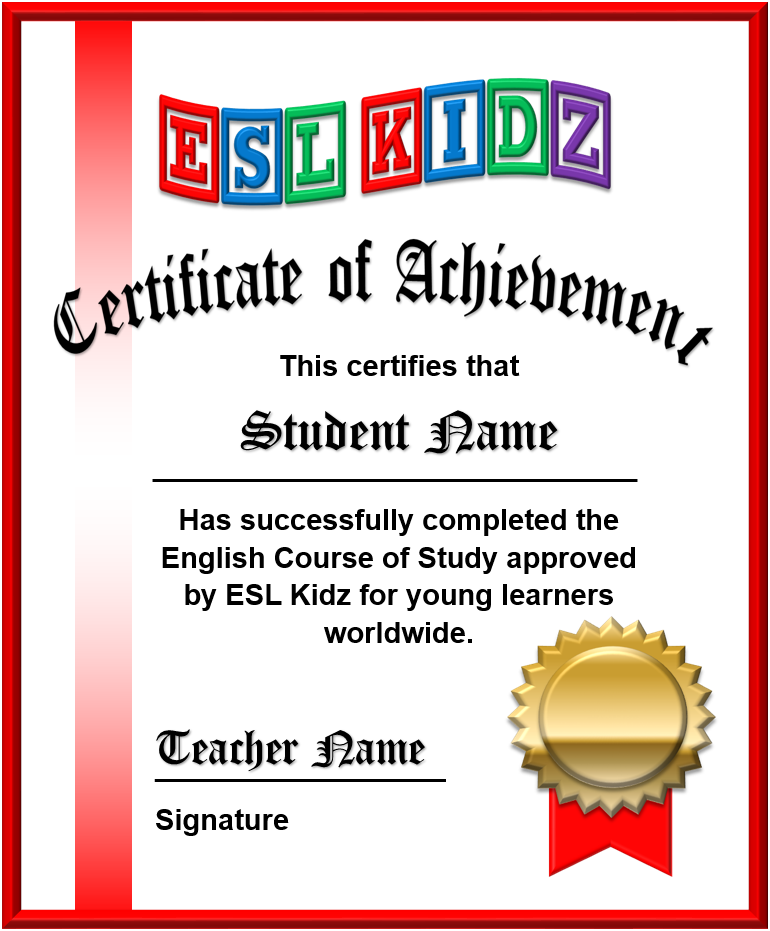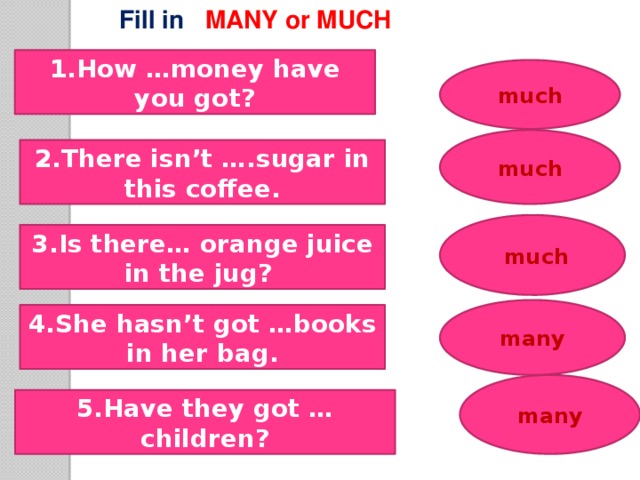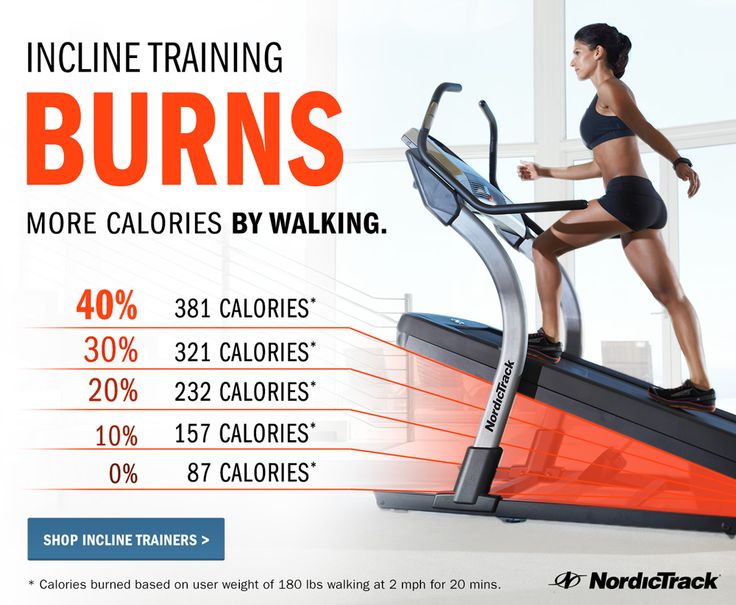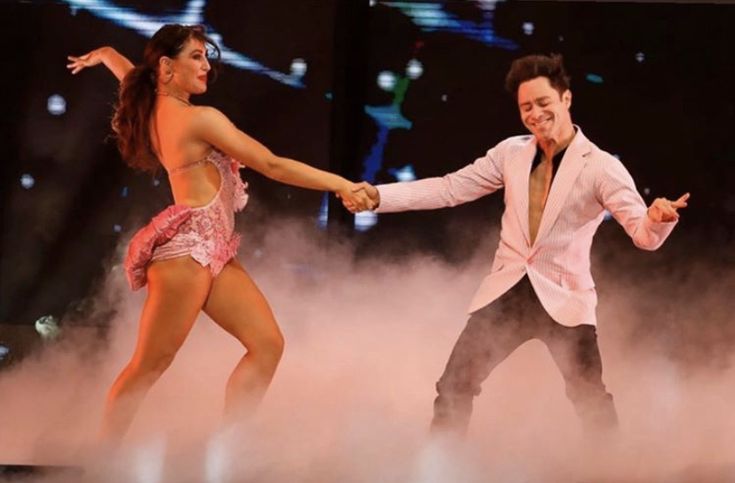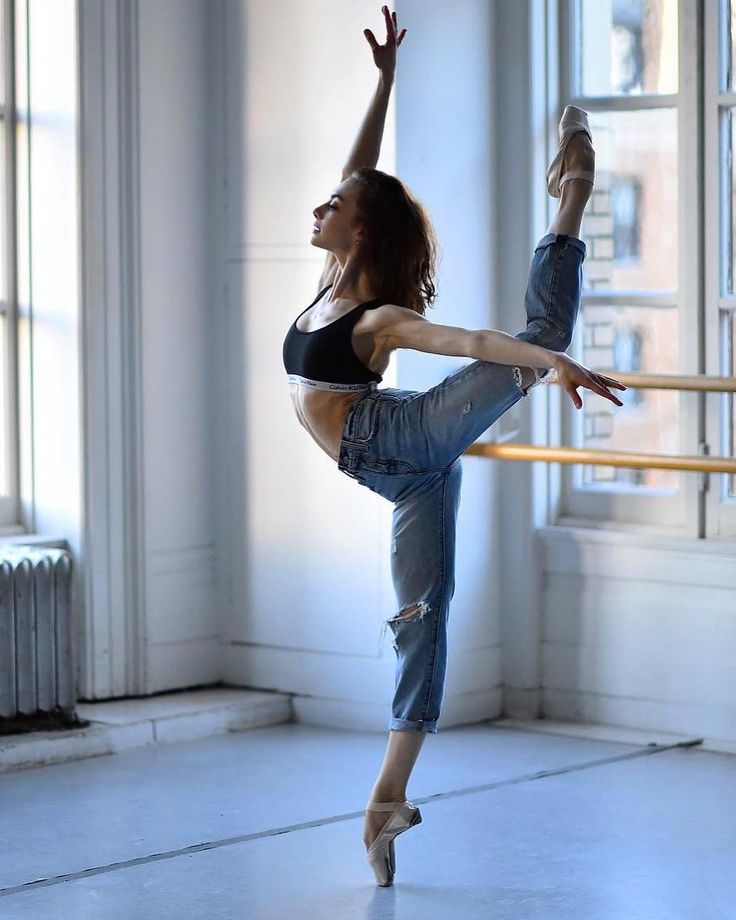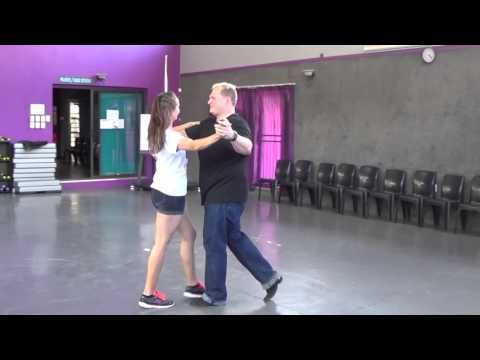How to get certified as a dance teacher
Dance Teacher Certification - Teaching Certification
Degree CompletedHigh School Diploma/GEDSome CollegeAssociate DegreeBachelor's DegreeMaster's DegreeDoctorate Degree
Desired DegreeDiploma/CertificateAssociate DegreeBachelor's DegreeMaster's DegreeDoctorate
Program of InterestAll Education ProgramsAdministration & LeadershipBusiness EdEarly Childhood EdElementary EdEnglishESL & Foreign LanguageFine Arts EdGifted EdHistoryMathPhysical EdPost Secondary EdSchool CounselingSecondary EdSpecial EdSTEM Ed
Sponsored Content
Foreign languages are often referred to as languages of love. Music, too, is an easy way to communicate across languages. But perhaps nothing is as universal in its ability to express emotion, beauty, and grace as dance.
From ballet to tap, and from acrobatics to jazz, each type of dance has its own rhythm, style, and rich history. Tomorrow’s Baryshnikovs, Gene Kelleys, and Fred Astaires spend countless hours over many years learning the steps, tempos, and nuances of the perfect dance performance, often from certified dance instructors.
On This Page…
| The role of certified dance teachers |
| A variety of options… |
| Teaching ballet in schools |
| Private dance studios |
| Why does dance matter? |
| Getting Certified |
| Find Schools offering teaching certification programs |
For dancers who never established themselves professionally or had to drop their pursuit of their dreams due to age or injury, becoming a certified dance instructor provides a way of staying connected to the art form. Though they’re not performing, certified dance instructors get to pass on their passion and knowledge of their craft to the next generation of dancers in private dance academies and often in public schools.
The role of certified dance teachers
For many dance teachers, a long career or lifetime of study of the art is enough to propel them into a new career as a teacher. But for those without direct teaching experience or who are seeking a competitive edge in the dance market, earning a dance teacher certification is a wise choice.
Career options for certified dance teachers
- Dance composer/choreographer
- Professional dancer
- Middle school, high school, collegiate dance class teacher
- Consultant for dance competitions, television shows, movies
- Dance therapy
A dance teacher certification is a simple way to earn recognition from students and colleagues in the workplace. Instructors who have a dance teacher certification have a leg up on other dance teachers who do not. A dance instructor certificate program provides specific training in the general principles of expressive movement and movement specific to various forms of dance, including modern, jazz, tap and ballet.
But a dance teacher certification is more than just moving and dancing. Teachers pursuing certification explore various age-appropriate ways to communicate important dance techniques such as alignment to students. At the same time, they’re immersed in ongoing choreography and lesson plan development activities to help better understand how each aspect of a student’s development feeds into the next.
Certification programs are available through a number of private dance membership organizations, as well as a number of public and private colleges and universities. Many dance membership organizations provide both introductory and advanced teacher training workshops that cover nuts-and-bolts information as well as the latest in science, technology, pedagogy, and artistry. But for dance teachers wishing to teach in schools, they’ll need to be licensed to teach, which can be attained with the completion of a bachelor’s degree in education or certification program.
Alvernia University
Featured Program: Special Education Certification
Request Info
Campbellsville University
Featured Program: MA in Special Education - Initial Certification; Supervisor of Instruction Certification; Superintendent Certification
Request Info
Grand Canyon University
Featured Program: Bachelor of Arts & Science in ECE, Elem.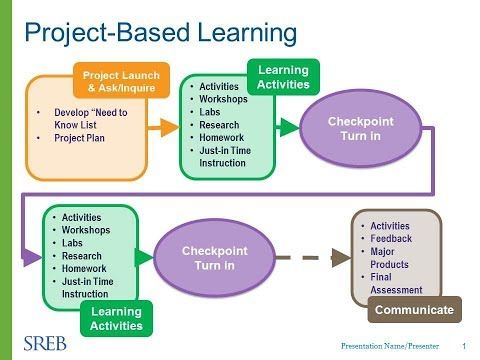 & Sec. Education, Master of Education in ECE, Elem. & Sec. Education, and Ed. Doctorate
& Sec. Education, Master of Education in ECE, Elem. & Sec. Education, and Ed. Doctorate
Request Info
University of Southern California
Featured Program: Master of Arts in Teaching, Master of Arts in Teaching – Teaching English to Speakers of Other Languages, Doctor of Education in Organizational Change and Leadership
Request Info
Liberty University
Featured Program: Undergraduate Certificate in Preschool, Bachelor of Education (B.Ed.), Master of Arts in Teaching (MAT), Doctor of Education
Request Info
Regis University
Featured Program: Build up our next generation—and yourself—at Regis University. Masters-level education programs to help you nurture, lead and succeed. Designed to support educators at all career stages—from initial licensure to advanced professional development
Request Info
Instructors licensed to teach in schools benefit from flexible career opportunities, as they’re able to work in schools or in private dance studios instead of being restricted to just one or the other.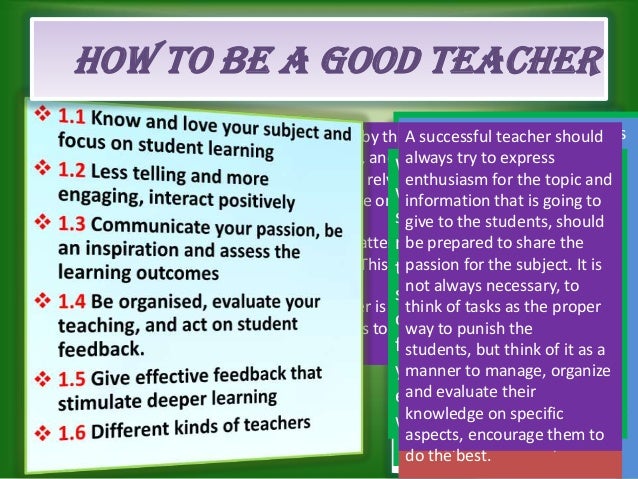 In addition, certified dance instructors qualified to work in schools benefit from the ability to teach students while they’re in school and then transition them to private studios, where teachers are paid directly for their services. Teachers can spend more time working directly with students for greater learning while increasing their earning potential.
In addition, certified dance instructors qualified to work in schools benefit from the ability to teach students while they’re in school and then transition them to private studios, where teachers are paid directly for their services. Teachers can spend more time working directly with students for greater learning while increasing their earning potential.
A variety of options
Dance teacher certification can seem like a jumble of acronyms. With so many certifying bodies—DEA, DMA, NDEO, RAD, CDTA, Cecchetti USA—the opportunities for earning advanced credentials are nearly limitless. Certified dance teachers have the opportunity to teach privately at dance studios and academies or teach in an academic setting such as a middle or high school.
The certification requirements ensure that instructors don’t just know how to dance, but rather are extremely well-versed in various teaching methods. Certified instructors working in both private studios and public schools need to be proficient in explaining the theory of certain type of dance and then help students break down individual steps to their most fundamental elements to help students recreate the movement patterns on their own.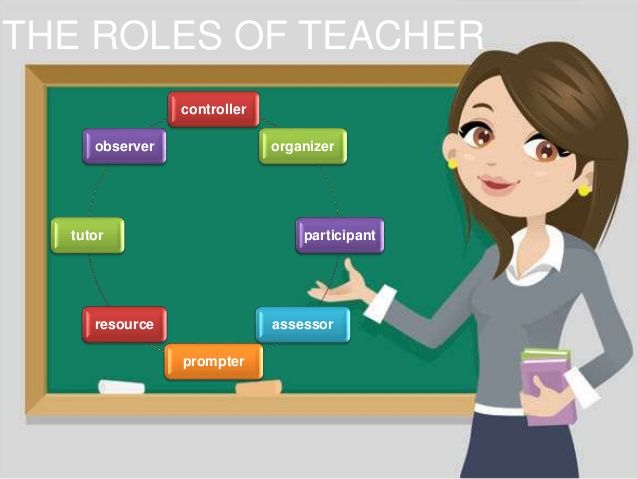
Teaching Ballet in Schools
Many public and private schools offer ballet classes for high school students. For dancers interested in ballet, the Royal Academy of Dance (RAD) offers a dance instructor certification program designed to create top-flight, in-demand instructors. Patty Ashby, the U.S. national administrator for the Royal Academy of Dance, says that the organization encourages certification and continuous education because simply being trained as a performer doesn’t prepare a dancer for life as an instructor.
RAD’s curriculum is specifically engineered to equip dance instructors with necessary skills and knowledge to work with young bodies and to understand both emotional and physical development within the dance arena.
This sort of education—formal training in child and adolescent instruction from world-renowned experts—is especially valuable in a public or private school setting. A certified RAD instructor is required to work with a mentor, complete modules on business, ethics, dance pedagogy, and human anatomy.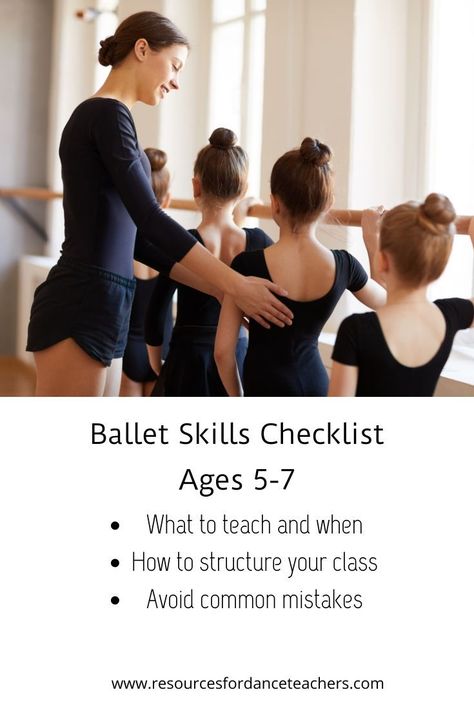 This allows for a well-rounded, professional education with specific focus on communicating dance theories and movements to school-aged students in age-appropriate ways.
This allows for a well-rounded, professional education with specific focus on communicating dance theories and movements to school-aged students in age-appropriate ways.
A ballet teacher in a public school may elect to take students to a dress rehearsal or live ballet performance. The teacher’s dance credentials and connections from their certifying dance school may help them arrange a low-cost or no-cost field trip to the ballet to fit within public schools’ tight budgets.
From the spectator seats, a teacher can point out specific movements and choreography to the class, explaining how it relates to the class’s recent subject matter and enabling students to draw comparisons of their own practice with the execution of professional dancers.
Private Dance Studios
Dance teacher certification also allows teachers to instruct privately, providing able and interested students with more intensive study in a group or practice outside of a group environment. Private dance studios allow students to learn a variety of dance genres that may not be available in a school setting.
Private instruction at a dance studio can help a student catch up with a class’s overall skill level if the student is struggling or lagging behind. Similarly, private instruction can help advanced students continue their development beyond the classroom if the instruction level of a group or school class is not performing at a high enough level.
Teachers instructing in private studios, for instance, have fewer rules they need to follow, which allows them to be more creative with planning lessons. For example, a tap dance instructor working in a private academy may show the class vintage footage of Gregory Hines in Tap or of tap virtuoso Savion Glover in the movie Bamboozled. While students won’t have the skill set to replicate the legends’ moves, a certified teacher will use available video technology in the studio and on students’ home computers to help students break down step-by-step, in slow motion, each of the performers’ choreographed dances to their fundamental elements.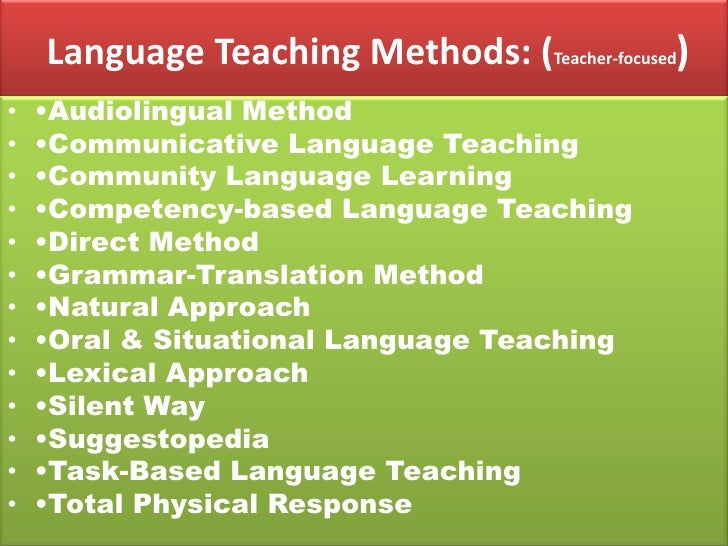 Teachers can dedicate an entire class to a re-enactment of those exact steps, providing students ample time and practice to learn basic movement patterns as the foundation, and accelerate the learning curve for adding in dance moves later.
Teachers can dedicate an entire class to a re-enactment of those exact steps, providing students ample time and practice to learn basic movement patterns as the foundation, and accelerate the learning curve for adding in dance moves later.
Dance students have a variety of motivations for taking dance classes. For some it may be a school curriculum elective or maybe just a fun way to get some exercise. For others, it’s the first step in a long road toward a career as a professional dancer. In both cases, students both need and want to learn from a seasoned, certified professional who can teach them the finer points of a dance style safely and effectively.
Why does dance matter?
Certified dance instructors can make a significant, life-long impact on children and adolescents. Dance classes led by certified instructors not only offer a safe, encouraging environment for kids, but also provide children and adolescents important developmental opportunities. From the youngest children to volatile teenagers, certified dance instructors demonstrate excellent interpersonal communications skills enabling them to establish an emotional connection with all their students. Dance teachers aren’t just teachers for their students; they’re role models, advisers, confidants, and friends that dance students can rely upon throughout their formative years.
Dance teachers aren’t just teachers for their students; they’re role models, advisers, confidants, and friends that dance students can rely upon throughout their formative years.
Certified dance instructors are uniquely qualified to devise fun, engaging, and physically demanding dance lessons that challenge students of all abilities to think and move in ways they may not have before. In addition to helping keep kids healthy and strong through demanding physical challenges and allowing self-expression at an emotional level, dance can also improve academic performance and students’ learning abilities.
Emerging studies reveal a substantial connection between movement and cognition, meaning that the more students move, the better they may learn. Dance is a fun way to move and–led by a highly skilled instructor—also a fun way to improve learning. To some students, a certified dance instructor may be just a teacher. To others, they’re lifelong friends, inspirational figures, and the key to a more productive life.
Getting Certified
The cost and processes for a dance teacher certification is as varied as the dance steps themselves. Online certifications are available for as little as $200. However, longer and more intensive programs can cost a lot more.
Many dance teacher certification tests and courses require no qualifications to begin. Some require dance teachers to have prior experience in dance, schooling and a degree to begin training to earn a certificate.
Instructors wishing to teach in schools will need to earn both a bachelor’s degree in education and a specific certification in dance, where available, or earn a bachelor’s degree in theater and dance arts and then a certification in education to be able to teach.
Learn more about teaching certification requirements in your state here.
Dance is a growing part of school curricula
According to the National Center for Education Statistics (NCES), dance classes and instruction are growing at virtually every level of the United States’ educational system. Recent statistics show that approximately 665 postsecondary institutions offer dance minor or major programs and that nearly 6,000 K-12 schools in the United States offer dance as part of the K-12 curriculum.
Recent statistics show that approximately 665 postsecondary institutions offer dance minor or major programs and that nearly 6,000 K-12 schools in the United States offer dance as part of the K-12 curriculum.
With roughly 3.5 million students receiving dance instruction in schools, yet only 7% being trained by physical education teachers and not dance specialists, the opportunity for certified dance instructors to find employment in schools is growing rapidly.
Schools realize that even in the face of deep budget shortages, physical education and the arts are critical factors in early childhood and adolescent education. Dance bridges the gap between these two academic areas, providing students an opportunity to be active for better health and to develop creative skills that have been proven to increase academic achievement in traditional disciplines like math and science.
Earning a teaching license and certification from any of the postsecondary institutions and dance specialty certifying bodies gives professional dancers and dance enthusiasts the chance to become more involved with an ever-challenged educational system, provide a valuable learning experience, and create a fruitful, sustainable, and enjoyable career as a teacher.
Degree CompletedHigh School Diploma/GEDSome CollegeAssociate DegreeBachelor's DegreeMaster's DegreeDoctorate Degree
Desired DegreeDiploma/CertificateAssociate DegreeBachelor's DegreeMaster's DegreeDoctorate
Program of InterestAll Education ProgramsAdministration & LeadershipBusiness EdEarly Childhood EdElementary EdEnglishESL & Foreign LanguageFine Arts EdGifted EdHistoryMathPhysical EdPost Secondary EdSchool CounselingSecondary EdSpecial EdSTEM Ed
Sponsored Content
The Ultimate Guide to Becoming a Certified Dance Teacher
Becoming a dance teacher can lead to a very rewarding career in the field. In today’s ultimate guide, we’ll cover everything you need to make a lasting career as a certified dance teacher.
What Does a Dance Instructor Teach?
A dance teacher is a person who teaches others the terminology and technique of specific steps and movements used in dance. There are many different disciplines in dance such as jazz, modern, tap, ballroom and ballet.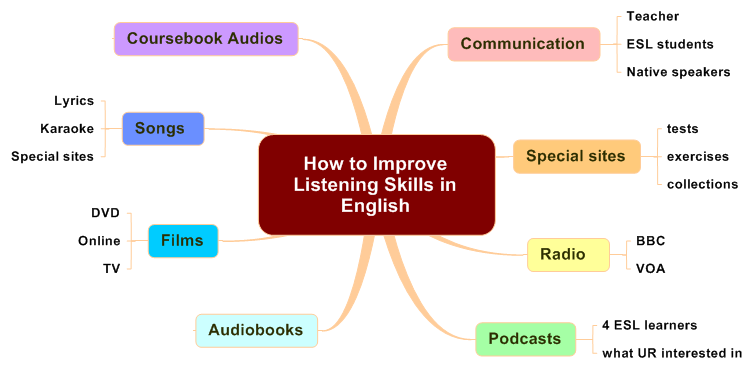 Each has its own method of movement that a dance teacher must be very familiar with.
Each has its own method of movement that a dance teacher must be very familiar with.
Although there are many differences between the forms of dance, there are basic steps that overlap. With most dancers studying multiple genres of dance, it is good to be familiar with the different modes of dance to have a better understanding of the origins and how to teach them knowledgeably. Instructors are often responsible for developing lesson plans and delivering the plans in an easily understood way.
Most students of dance are young kids and teenagers. While there are many adult dance classes, the vast majority are for children. When looking to start on a path towards becoming an instructor, it is important to know what age group you are most comfortable and suited to teach. Toddlers and young children require an instructor to have a great amount of patience while being able to teach the basic steps in a fun and inviting way. As the age group increases, the instructor should be able to demonstrate and have comprehensive knowledge of more advanced techniques and movements.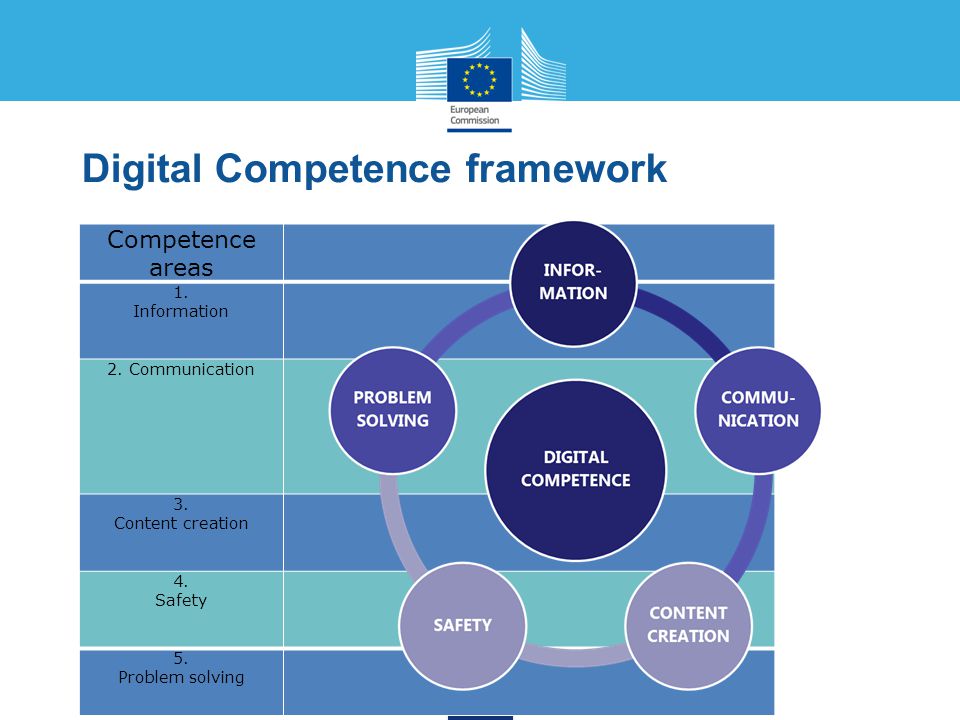
How to Become a Dance Teacher
To become a dance teacher, it is imperative to have in-depth knowledge of the discipline you wish to teach. Dance teachers should have backgrounds with several years of dance experience. It is equally important to be in good physical condition to better show demonstrations of the exercises taught in class. Knowing what age group and difficulty level you would wish to teach is an important first step on your journey to becoming a teacher.
After that decision is made you will need to know what genres of dance you would like to teach. Some dance instructors teach many different styles of dance, while others choose to focus on only one. The higher the level of difficulty of the class becomes, the more knowledgeable and advanced the teacher needs to be. This may be a deciding factor in whether or not you choose to focus on only one method of dance. Before pursuing an education in dance instructions, you should first look at the many different paths you can take in your dance instruction career. Education will set the foundation for your career choice. Having a vision in mind of where you are going before you even get started will help guide you through the journey ahead.
Education will set the foundation for your career choice. Having a vision in mind of where you are going before you even get started will help guide you through the journey ahead.
Where Can a Certified Dance Instructor Teach?
There are many places a certified dance instructor can teach. From teaching in public schools to universities, dance teachers with the right credentials can find an array of opportunities.
Dance Studios
Private studios will give you an open environment to be more creative with lesson plans. With over 56,000 private studios in the U.S. alone, there’s sure to be a studio in any given city.
Outside of privately-owned studios, certified teachers can find fulfilling work helping children find passion for exercise and movement in after school programs. There are more creative-leaning options such as, choreographer or even professional dancer.
Gymnastics Clubs
Gymnastics clubs are often in need of ballet teachers and choreographers for routines.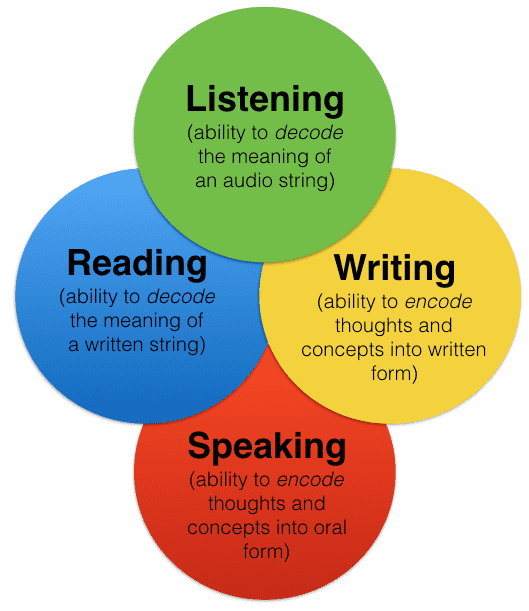 A certified dance teacher can significantly add to the staff in helping the gymnasts find finesse in professional-level choreography in their floor routines.
A certified dance teacher can significantly add to the staff in helping the gymnasts find finesse in professional-level choreography in their floor routines.
Gyms & Fitness Clubs
Fitness clubs across the nation are offering classes like Zumba, a fast paced aerobic dance fitness class that allows students to have fun and let loose while they get a phenomenal cardio workout. Another emerging fitness class is barre. This graceful and beautiful form of exercise draws it’s movements directly from ballet.
Another path is to pursue the healing field of dance therapy. It is a fast growing field of connecting the mind and body in psychotherapeutics.
Education Needed to Become a Dance Teacher
Being a student of dance will give you the physical know-how, while pursuing higher education will give you a more practical and academic approach to your teaching career. Teaching in K-12 public schools typically requires you to have a Bachelor's Degree in Fine Arts. College-level teaching usually requires a Masters. Instructors in dance movement therapy are required to have a graduate degree that fulfills all of the professional requirements of a Registered Dance/Movement Therapist (R-DMT) credential.
College-level teaching usually requires a Masters. Instructors in dance movement therapy are required to have a graduate degree that fulfills all of the professional requirements of a Registered Dance/Movement Therapist (R-DMT) credential.
However, not all dance teacher positions require you to have a degree. Private studios may be more interested in your personal experience in dance. It can be beneficial, no matter where you would like to teach, to receive certificates in dance education. There are many different ways to obtain certifications. Private and public colleges may offer courses, as well as many online programs and membership organizations. While certifications are not always mandatory to a position, they aid in demonstrating your passion for learning and teaching, giving you a potential bump up from competitors in the field.
How to Get Certified in Dance
It is always best to do your homework on any certification you are going after, as there are many different options for getting certified. In-person learning may be something you are looking for, or maybe you prefer the flexibility of online learning. Either path you choose will present you with numerous course options. Some are basic and more broad, while others are much longer and in-depth.
In-person learning may be something you are looking for, or maybe you prefer the flexibility of online learning. Either path you choose will present you with numerous course options. Some are basic and more broad, while others are much longer and in-depth.
For example, the national dance education organization (NDEO) has a prestigious certificate in dance education that takes 3-5 years of course work to complete. You will want to find the right fit for the style and level of dance you wish to teach. Once you find your preferred program, you will be required to complete a certain amount of course work. This course work could include history, research, introduction to new techniques, and style specific pedagogy - the method and practice of teaching.
After completing the course work, you will have to complete a final exam. Dance teacher exams are meant to ensure that the individual has successfully learned all of the material covered in the course and can apply them in the real world.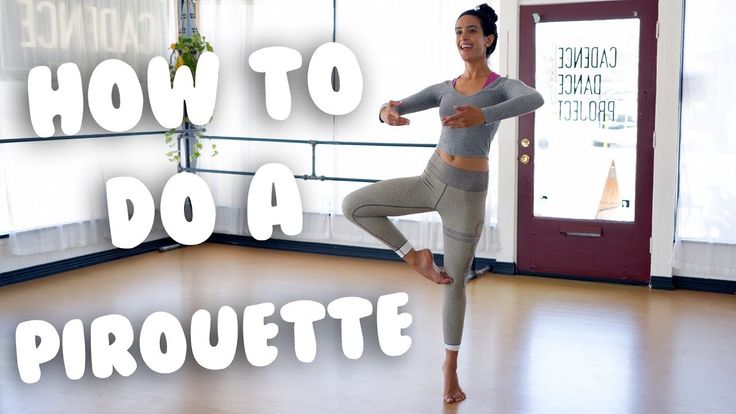 Once the exams have been passed, the certificate will be provided to the student.
Once the exams have been passed, the certificate will be provided to the student.
Benefits of Becoming a Certified Dance Teacher
Certifications promote a mindset of continually learning and changing to the ever growing field of dance education. Programs that help you learn new, age-specific teaching techniques are vital for reaching a broader range of students. Each student is unique, so knowing how to apply many different modes of education will help your class excel. Additionally, curricula that include the science behind the movements and introduces you to the latest technology will give you a step up in creating the most modern of lesson plans.
Not only do certifications give you a leg up in creating lesson plans, they also show current and potential employers that you are ready and willing to expand your knowledge and education. Some certifications help you attain high quality teacher (HQT) status. No certification is guaranteed to give you a higher salary, however, teachers that hold certifications are more likely to experience pay raises.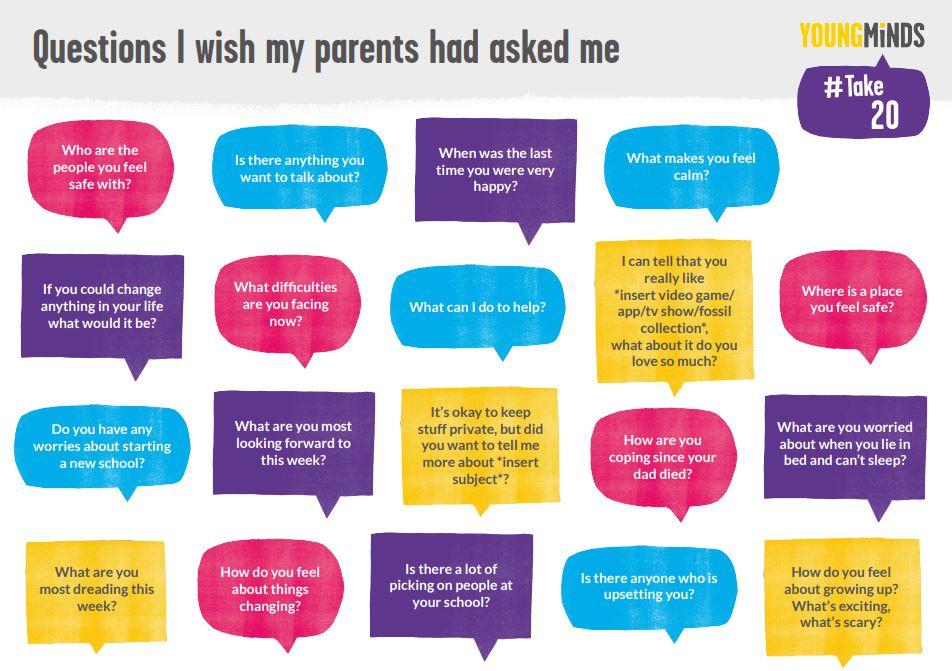 Having a certification can give you the confidence needed to go after your desired job or ask for the pay raise you have been hoping to receive.
Having a certification can give you the confidence needed to go after your desired job or ask for the pay raise you have been hoping to receive.
Do Certified Dance Instructors Need Insurance?
The need for insurance is a question dance teachers will face when starting their career. Does the studio or school’s insurance provide adequate coverage in the event of a mishap? Will you have to pay for claims out-of-pocket while you are teaching? Will you be liable to pay for a student that was hurt during class? While your studio may have it’s own insurance plan, for the best protection individual dance instructor insurance is key.
Dance insurance covers you for a wide array of different mishaps that can happen to even the most careful instructor. Thinking of the worst case scenario is never fun but being under-prepared if the worst happens is even scarier. Weighing the risk/benefit, you can buy a full-year of dance instructor insurance for just $179.
From slip and falls to student injuries, you can have peace of mind knowing you have comprehensive insurance that follows you every step of your career. Insure Fitness Group’s dance insurance also covers many different kinds of dance so that you can enjoy full coverage for a wide variety of popular dance modalities.
Getting Dance Insurance Online in a Few Minutes
Signing up for dance insurance might just be the easiest thing you do today. A quick application online is all it takes for you to find peace of mind while instructing your next dance class.
How to Become a Dance Teacher Certification (with FAQs) • BUOM
If you are interested in becoming a dance teacher or a recognized professional looking to improve your skills as an instructor, you may want to consider becoming a dance teacher certification. There are many certifications you can earn, so keep your career goals and budget in mind when choosing a program. Understanding why you might want to get certified and what the process might involve can help you decide if this type of professional development is worth pursuing.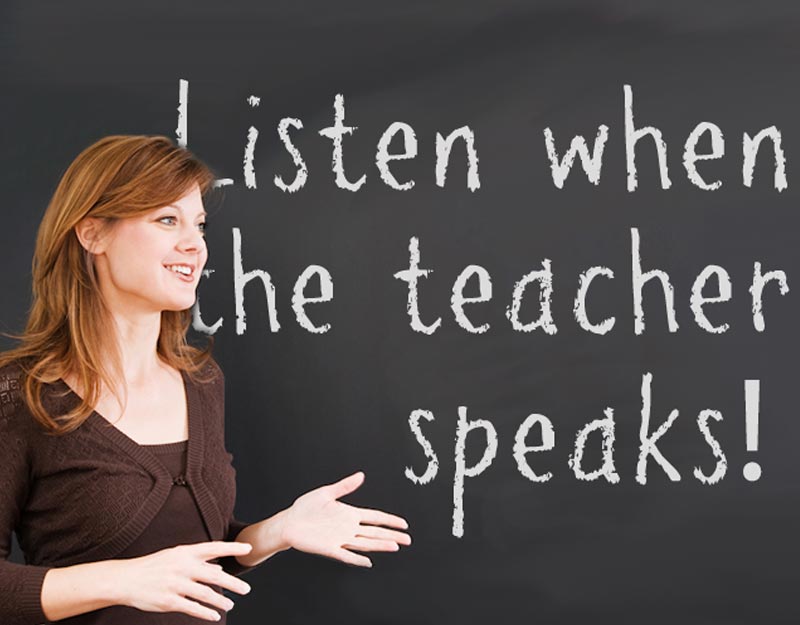 In this article, we'll take a look at the benefits of getting a dance teacher certification, how to earn it, and answers to frequently asked questions related to the process.
In this article, we'll take a look at the benefits of getting a dance teacher certification, how to earn it, and answers to frequently asked questions related to the process.
Benefits of becoming certified as a dance teacher
Earning an industry certification for professional dance can provide a number of benefits, including:
-
Reach more students: Because each dance student has unique talents, skills, and learning styles, certification can help you understand how to use different ways of learning and communicate with more people. Understanding age-related techniques and choreography styles can also help you reach more students.
-
Stay up-to-date with the latest methods: Earning and maintaining professional certifications can help you stay up-to-date with the latest advances in choreography and teaching methods and continually improve your curriculum. This can help you attract new clients and increase the level of education your studio or school can provide.
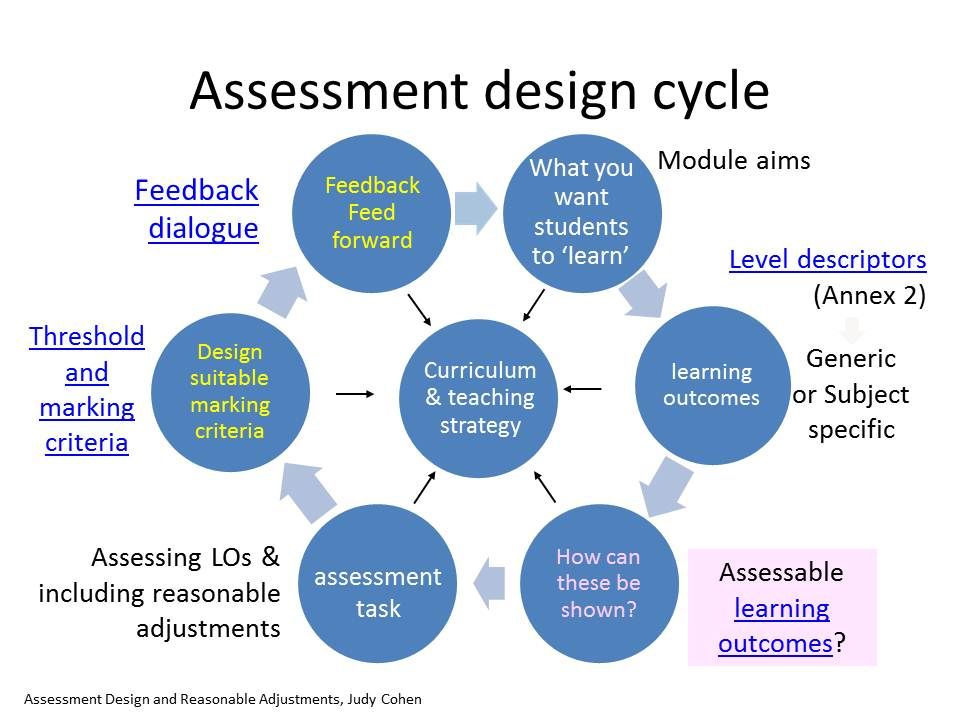
-
Demonstrating your commitment to professional development: Whether you are looking for a new role or hoping to qualify for a higher position in your current job, becoming certified as a dance teacher can help you show an employer that you are committed to your professional development and invest your time and resources using your skills.
How to become certified as a dance teacher
Depending on the environment you hope to teach and the program you plan to take, there may be many steps involved in becoming a certified dance teacher. Follow the steps below to become certified as a dance teacher:
1. Earn an appropriate degree
If you are interested in obtaining a state certification for teaching in public schools, you can pursue a degree in a related field, including education and dance. While some certification programs may not require formal academic education, a bachelor's degree in dance can help you develop useful skills in regards to choreography, performance, lesson planning, and teaching.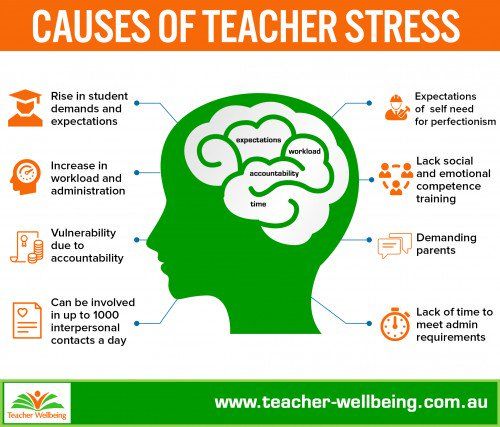 It can also help you increase the likelihood that a certification body will accept your application because it can demonstrate your commitment to the profession and your long-term interest in dancing.
It can also help you increase the likelihood that a certification body will accept your application because it can demonstrate your commitment to the profession and your long-term interest in dancing.
2. Review your program options
There are many programs you can apply for when earning your dance teacher certification. They may have different benefits, requirements, and time frames, so check the length of your ideal program and take your professional goals into account to determine which program is right for you. Some certification programs you may want to consider include:
-
Dance Education Certificate: The National Dance Education Organization (NDEO) offers a Dance Education Certificate (CiDE) that can help professionals achieve state certification for public school teaching. This three to five year program can also help dance studio or private school teachers prove their professional competencies.
-
Advanced Teacher Certificate: Professionals can receive an Advanced Teacher Certificate from Dance Teachers of America, which can help them develop age-appropriate choreographic and teaching skills, understand the principles of dance, and develop their abilities to create a clear and effective curriculum.
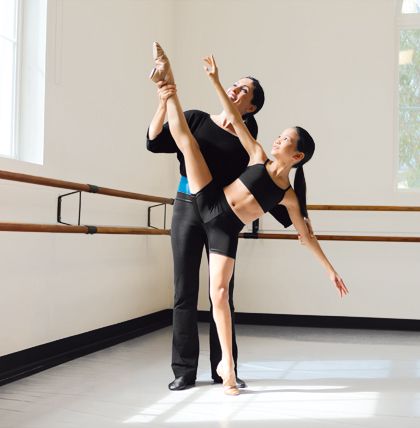
-
Dance Masters of America Certification: Individuals may earn professional certification from Dance Masters of America by completing a one-week training program. This certificate costs candidates $400 and can teach them teaching methods for a variety of dance styles, including tap, ballet, jazz, modern, hip hop, theatrical dance, and lyricism.
3. Update your CV
Once you have selected the certification programs you are interested in, consider updating your CV to reflect your education, work experience and relevant skills. This can help you highlight the competencies you bring to the program and reflect the learning already completed. Depending on their preferences and requirements, organizations may be looking for candidates with specific coaching and choreography experience, so list your relevant work contracts, internships, and teaching positions.
4. Submit your applications
In addition to your resume, create or update any additional application documents. Depending on the program, the organization may require you to provide academic transcripts, a written review of your dance and teaching experience, and a statement of purpose that includes your professional aspirations. Consider applying to multiple certification programs to increase your chances of accepting change and allow you to choose the one that suits your goals, schedule, and experience level.
Depending on the program, the organization may require you to provide academic transcripts, a written review of your dance and teaching experience, and a statement of purpose that includes your professional aspirations. Consider applying to multiple certification programs to increase your chances of accepting change and allow you to choose the one that suits your goals, schedule, and experience level.
Frequently Asked Questions about Dance Teacher Certification
Here are some frequently asked questions related to becoming certified dance teachers:
Where can certified dance teachers teach?
If you are interested in becoming a certified dance instructor, you can work in several environments, including: consider teaching at a public elementary, middle or high school and may work alongside physical education instructors or in theater departments. In addition, they can also teach private school students of different ages.
Dance Studios: Certified professionals can work with other dance teachers and teach dance studio lessons.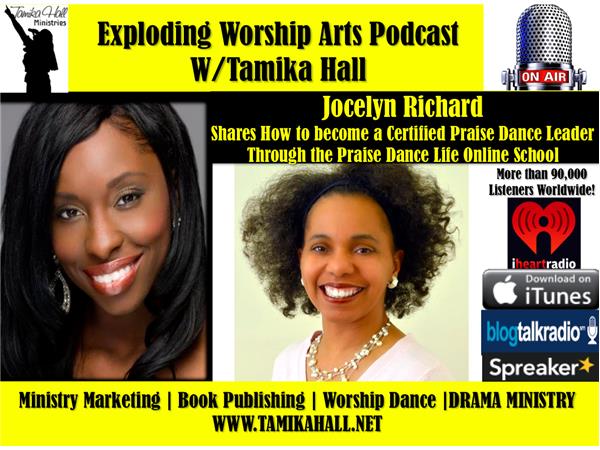 They may specialize in a particular specialty such as ballet, jazz or modern, or choose to exclusively teach groups of students within a particular age range or skill level.
They may specialize in a particular specialty such as ballet, jazz or modern, or choose to exclusively teach groups of students within a particular age range or skill level.
Entertainment centers and sports halls. Certified dance instructors can teach classes in fitness clubs and gyms, where they can become part of a large team of professionals, including yoga instructors and personal trainers. These professionals can provide classes that appeal to audiences interested in working out, including aerobics, dance, fitness, or barre classes.
Gymnastics clubs: Gymnastics clubs may hire dance teachers to assist gymnastics instructors with choreography and help students learn the basics of ballet so they can incorporate them into their programs. It can also help students increase flexibility and muscle control, which can be a useful skill for beginner gymnasts.
What does a certified dance teacher do?
A certified dance teacher is a professional who develops a curriculum to teach, train and stage their students.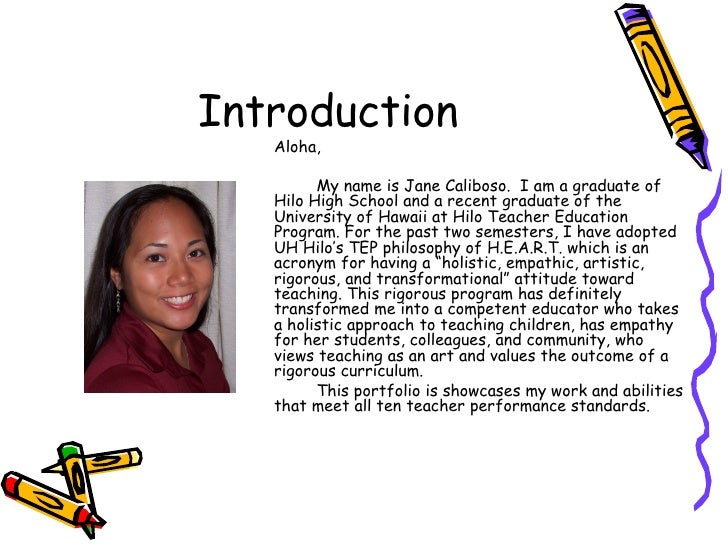 They may offer several classes that appeal to students with different levels of dance experience, or teach different dance genres. Depending on the work environment, they may teach young children, teens or adults and assess students' unique skills to help them discover and improve their talents. Some dance instructors offer private lessons, and they may rent a studio or use their employer's studio to teach students one-on-one and help them recreate and adapt movement patterns on their own.
They may offer several classes that appeal to students with different levels of dance experience, or teach different dance genres. Depending on the work environment, they may teach young children, teens or adults and assess students' unique skills to help them discover and improve their talents. Some dance instructors offer private lessons, and they may rent a studio or use their employer's studio to teach students one-on-one and help them recreate and adapt movement patterns on their own.
How can certified dance teachers find clients?
If the instructor works in a private studio or gym, part of their role may include marketing or outreach to find new students and attract a wide audience. Some professionals may use their social media platforms to post videos of their choreography and advertise their classes. This can be a useful approach as it allows students to share information about their teacher's classes and examples of their teaching methods with their friends who may be potential students.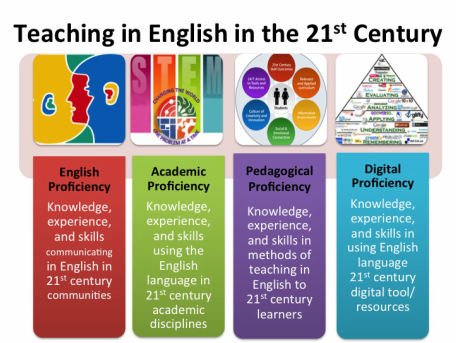
Dance teachers can also create an email newsletter and include details of their teaching options, private lessons and performances with a wide audience of students, parents of students and members of their community. Some professionals may also look for partnerships with local brands or sportswear retailers, which can help them establish themselves, generate additional income or discounts, and attract new customers.
Profession Choreographer - Ucheba.ru
College of Economic International Relations
For graduates of 9th and 11th grades.
Higher education online
Federal project of distance education.
I would go to the oil industry!
Take the test, find out your future profession and how to get it.
Technologies of the future
Get inspired to become a cool engineer to change the world
Student projects
Moscow Polytechnic students talk about their inventions
Chemistry and Biotechnology at RTU MIREA
120 years of training experience
International College of Arts and Communications
MKIK - modern college
English language
Together with Wall Street English experts, we decided to talk about the English language in a way that would make you want to learn it.
15 rules of safe behavior on the Internet
Simple but important rules for safe online behavior.
Olympiads for schoolchildren
List, calendar, levels, benefits.
First economic
We talk about what lives and how the Russian Economic University named after G.V. Plekhanov.
Ticket to Holland
Participate in the competition and win a trip to Holland to study at one of the summer schools at Radboud University.